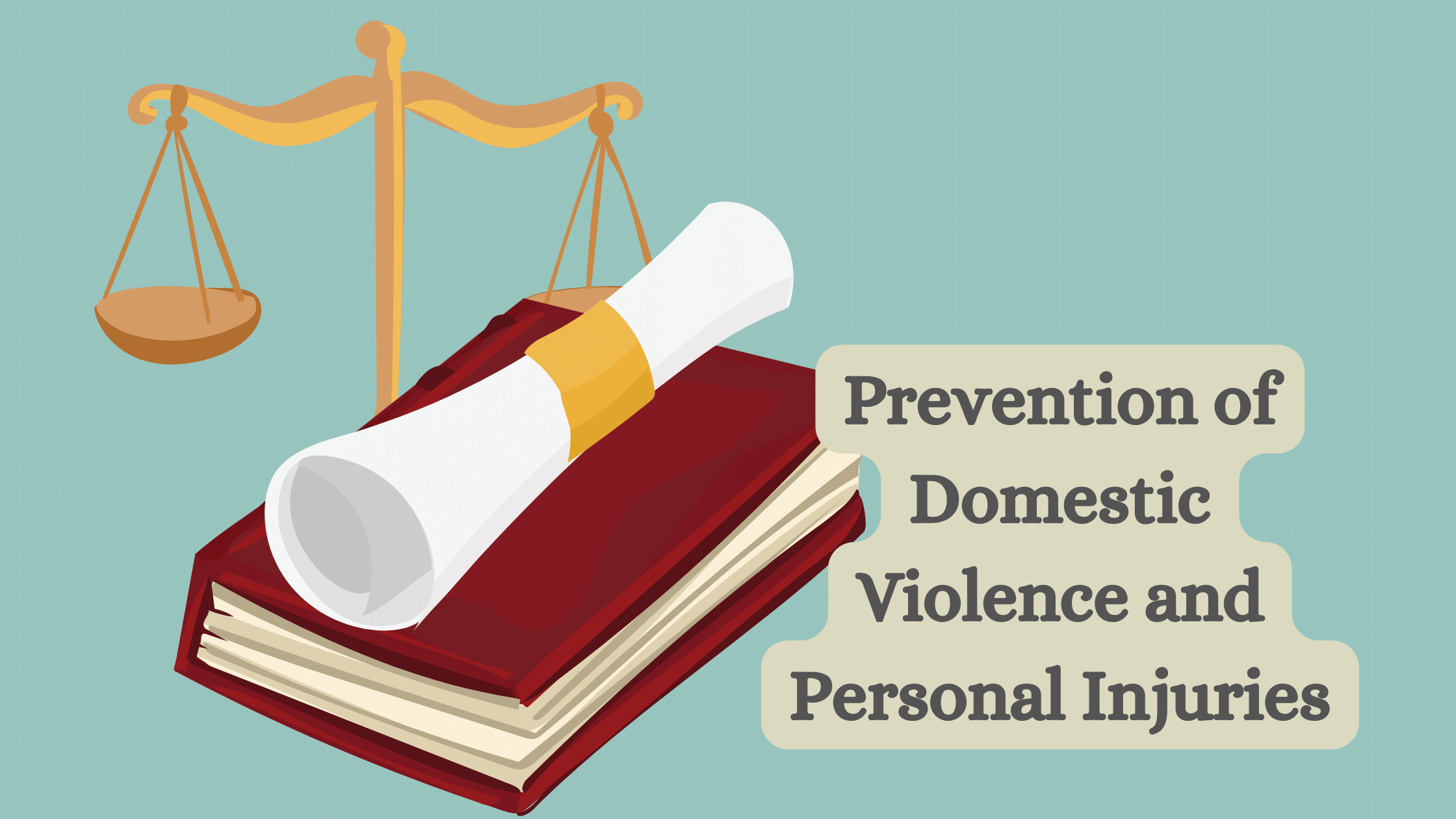
Even today, unfortunately, many people experience domestic violence and personal injuries leading to physical, emotional, and psychological damage. In Bakersfield, California, nearly 25% of all hospital emergency room visits by women are due to domestic violence. This presents a dire need for legal intervention.
To effectively tackle issues of domestic violence in Bakersfield, it’s important to have measures in place to prevent and address such incidents. Based on insights from a Bakersfield personal injury lawyer, this article delves into a few approaches aimed at reducing domestic violence and personal injuries to ensure the safety and well-being of individuals.
Raising Awareness Through Education
Education plays a major role in preventing domestic violence and personal injuries. By increasing awareness and fostering understanding of these issues, individuals can better recognize warning signs, take action, and seek assistance when necessary.
A. Incorporating Prevention Programs in Schools:
One effective strategy involves incorporating prevention programs into school curriculums at an early stage. These programs can cover topics like relationships, conflict resolution skills, consent education, and identifying patterns of violent or abusive behavior. By imparting knowledge to young minds, we can nurture a culture of respect, compassion, and non-violence.
B. Public Campaigns:
Public campaigns are instrumental in educating the community about strategies for preventing violence and personal injuries. Through a variety of avenues, like social media platforms, TV commercials, and informative brochures handed out in places such as facilities or community hubs, it’s possible to share information that educates people about their rights and available support systems.
Strengthening Legal Protections
To address domestic violence and prevent personal harm from a legal standpoint, strong laws supported by efficient enforcement mechanisms are crucial.
A. Domestic Violence Laws:
Governments can implement legislation specifically targeting domestic violence cases to ensure protection for victims while holding offenders accountable through measures such as restraining orders or strict sentencing guidelines.
B. Stricter Regulation of High-Risk Professions:
Certain professions pose higher risks of causing harm due to factors inherent in their work processes or access to potentially dangerous tools. Stringent regulations, including background checks, regular mental health assessments, and mandatory training on conflict resolution and de-escalation techniques for individuals in these fields, can significantly help prevent possible tragedies.
Ensuring Accessibility to Legal Aid and Support
Victims of domestic violence or personal injuries frequently find themselves stuck in their situations due to a lack of knowledge about their legal rights or availability. A key approach to combatting domestic violence and injuries is through fostering partnerships with various community stakeholders.
A. Providing Resources at Social Service Agencies:
By teaming up with social service agencies, law enforcement can ensure that victims have access to resources like counseling services, safe havens, and legal assistance right in their local neighborhoods.
B. Encouraging Community Engagement:
Empowering community members to engage in prevention efforts can make an impact. Programs such as Neighborhood Watch Initiatives or community-led workshops that educate individuals on identifying signs of violence and risk factors for personal injury help instill a sense of responsibility in addressing these critical issues.
Enhancing Technology Solutions for Prevention
In today’s era, technology presents a number of solutions to combat domestic violence and personal injuries.
A. Mobile Applications:
Creating applications that offer guidance on recognizing abusive behavior, safety planning tips, and connecting victims with support hotlines or emergency services can be immensely beneficial. These apps may also include features like location tracking or discreet signaling options for individuals in danger.
B. Online Reporting Systems:
Online reporting systems enable victims to securely and confidentially document incidents of violence or personal injuries. These platforms can be connected with police departments and community support organizations to simplify the process of reporting, investigating, and accessing help services.
Promoting Cross-Sector Collaboration
To effectively address domestic violence and personal harm, it is essential for different sectors to work together.
A. Partnerships Between Law Enforcement and Healthcare Providers:
Creating partnerships between law enforcement agencies and healthcare providers can improve the identification and prevention of domestic violence incidents. By training healthcare professionals to recognize signs of abuse during visits or screenings, victims can receive intervention or support services.
B. Inclusion of Legal Aid Services in Social Service Agencies:
Social service agencies often play a role in dealing with issues related to domestic violence and personal harm. By integrating legal aid services within these agencies, victims have access to help alongside counseling, shelter options, and other necessary support all in one place.
Conclusion
By utilizing technology solutions for prevention efforts while encouraging collaboration across sectors involving stakeholders like law enforcement authorities, healthcare providers, and social service agencies, we pave the way toward a safer society where domestic violence and personal harm are actively prevented through legal strategies supported by systematic approaches. By improving education, making changes to laws, providing support and resources, and engaging with the community, we can create an empowering environment where individuals feel valued. This will lead to lasting progress in combating domestic violence and related personal harm.